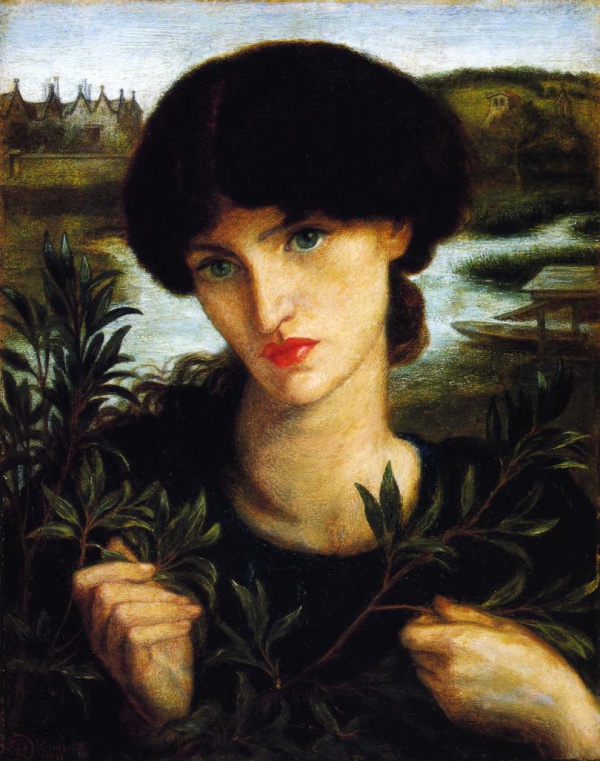Facts About Water Willow
"Water Willow" is a captivating oil painting created in 1871 by Dante Gabriel Rossetti. The artwork elegantly depicts Jane Morris in a tranquil river landscape near Kelmscott Manor. Rossetti and William Morris had rented this manor as a summer retreat, and during Morris's trip to Iceland, Rossetti and Jane's relationship became intricate and multifaceted.
Rossetti initially produced a colored chalk study of the scene, portraying Jane holding a pansy. He then progressed to the final oil painting, incorporating willow branches, which symbolize sorrow and longing.
In 1877, facing financial difficulties, Rossetti sold the painting to William Alfred Turner, a cotton spinner from Manchester. After Turner's death, American collector Samuel Bancroft acquired the piece in 1890. Bancroft subsequently sent the painting back to England for restoration and commissioned a copy for Jane Morris. Ultimately, Bancroft's descendants donated the original painting to the Delaware Art Museum in 1935.
"Water Willow" has been featured in numerous exhibitions over the years, including those in Manchester (1882, 1887), London (1883), Philadelphia (1892), Wilmington (1917, 1934), New Haven (1976), and both Liverpool and Amsterdam (2003). It stands as a significant work within the Pre-Raphaelite art movement and remains a cherished piece in the collection of the Delaware Art Museum.

 Mexico
Mexico